Lesson summary
Students will develop an understanding of the tools and strategies they can use to identify misinformation and disinformation surrounding real-world issues. They will work in small groups to participate in fact-checking activities before using these learned practices to challenge their peers to identify truths and myths about clean energy.
Learning intentions:
Students will...
- understand what misinformation and disinformation is.
Success criteria:
Students can...
- use strategies to identify misinformation and disinformation
- understand how misinformation and disinformation affect real-world issues.
Lesson guides and printables
Curriculum links
Select your curriculum from the options below.
Lesson details
Skills
This lesson is designed to build students’ competencies in the following skills:
- critical thinking
- collaboration
- communication
- curiosity
- ethical understanding
- problem solving
- reflection
UN Sustainable Development Goals
- Target 4.7: By 2030, ensure that all learners acquire the knowledge and skills needed to promote sustainable development, including, among others, through education for sustainable development and sustainable lifestyles, human rights, gender equality, promotion of a culture of peace and non-violence, global citizenship and appreciation of cultural diversity and of culture’s contribution to sustainable development.
Curriculum Mapping
Australian Curriculum (v9.0) content description:
Year 5, English
Students learn to:
- understand how to move beyond making bare assertions by taking account of differing ideas or opinions and authoritative sources (AC9E5LA02).
Year 6, English
Students learn to:
- understand the uses of objective and subjective language and identify bias (AC9E6LA02).
Relevant parts of Year 5 English achievement standards: For particular purposes and audiences, they share, develop and expand on ideas and opinions, using supporting details from topics or texts.
Relevant parts of Year 6 English achievement standards: For particular purposes and audiences, they share, develop, explain and elaborate on ideas from topics or texts.
NSW Syllabus outcomes:
A student
- communicates to wide audiences with social and cultural awareness by interacting and presenting and by analysing and evaluating for understanding (EN3-OLC-01).
General capabilities: Critical and Creative Thinking, Digital Literacy, Literacy, Personal and Social Capability
Cross-curriculum priority: Sustainability
Level of teacher scaffolding: Medium - explicit teaching of the Visual Explainer and scaffolding required for students.
Resources Required
- Clean energy statements activity sheet
- Fact-checking finder activity sheet
- device capable of displaying audiovisual material
- 5 large pieces of paper
- pencils
- sticky notes
- The FLICC model Visual Explainer
Additional Info
Cool.org thanks our philanthropic funder, Boundless Earth for their generous contributions and collaboration in creating these resources.
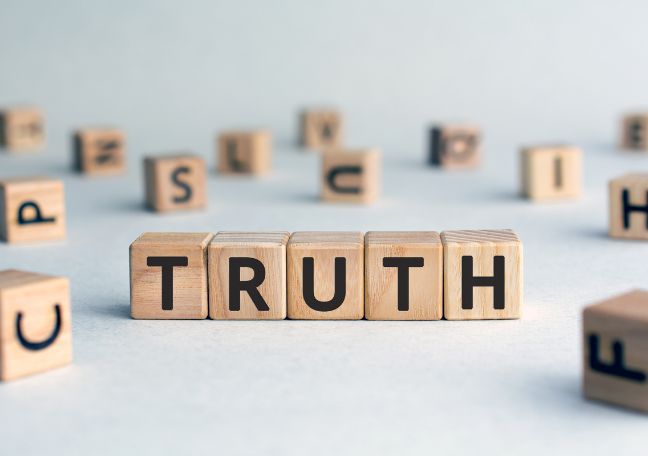
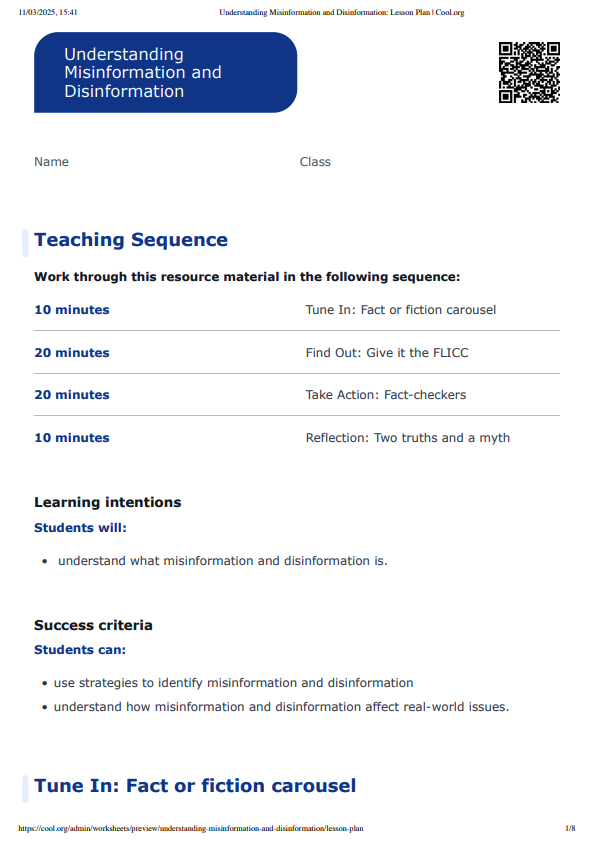
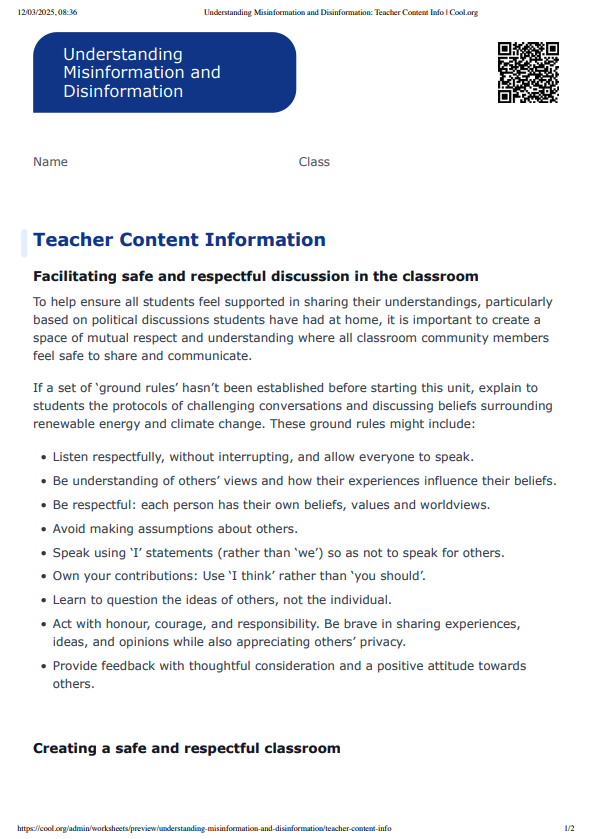
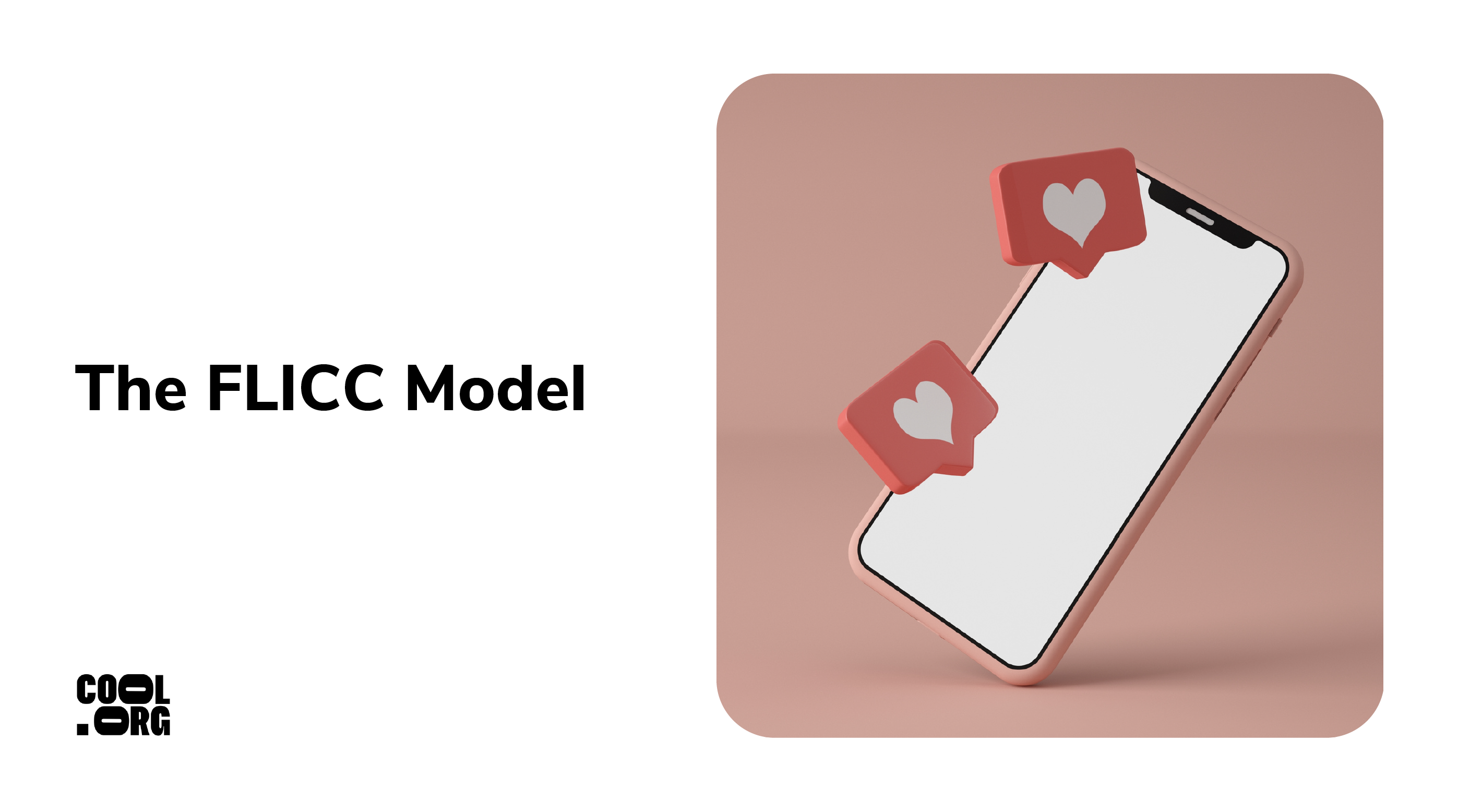
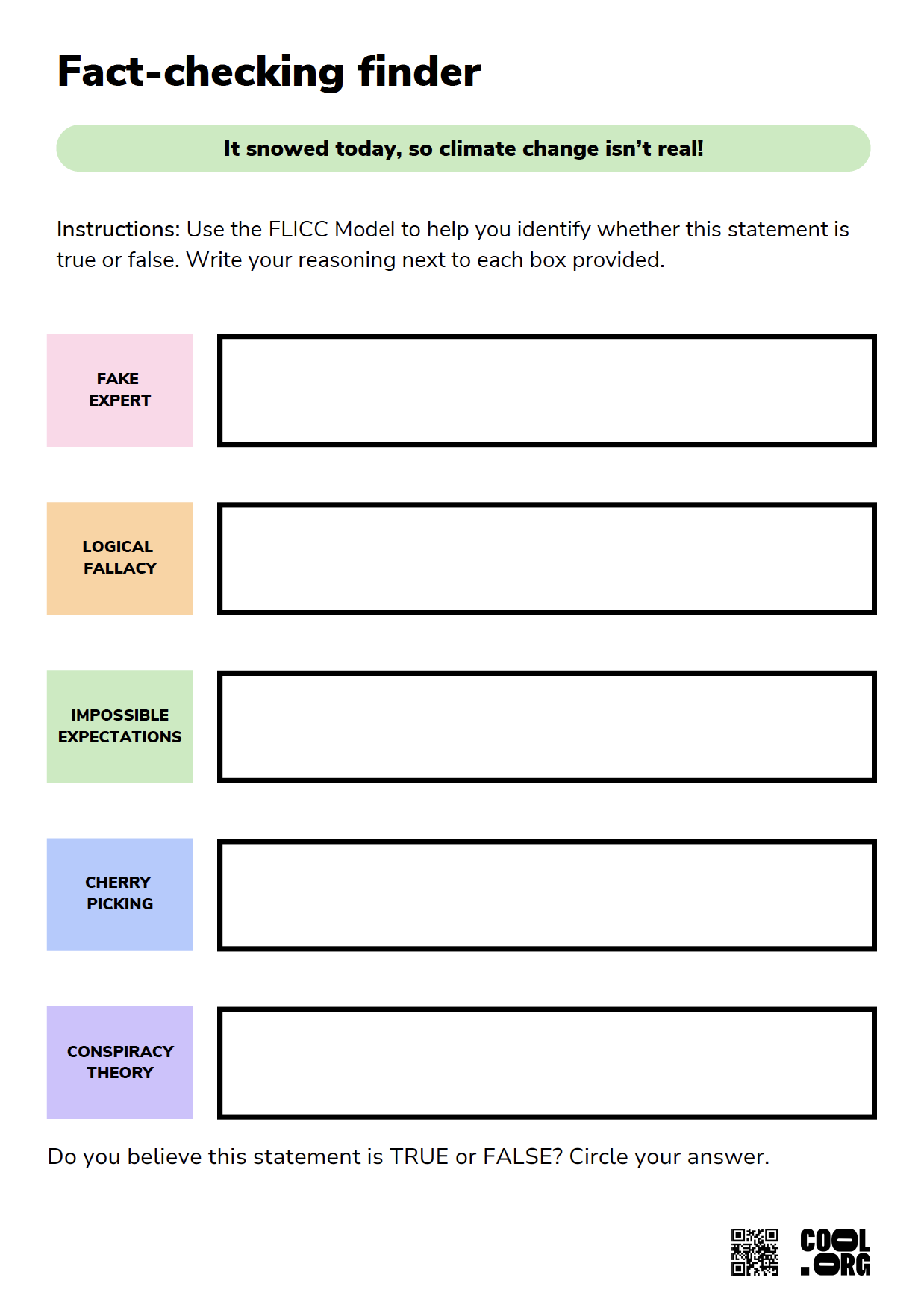
Welcome back!
Don't have an account yet?
Log in with:
Create your free Cool.org account.
Many of our resources are free, with an option to upgrade to Cool+ for premium content.
Already have an account?
Sign up with:
By signing up you accept Cool.org's Terms and Conditions(Opens in new tab) and Privacy Policy(Opens in new tab).